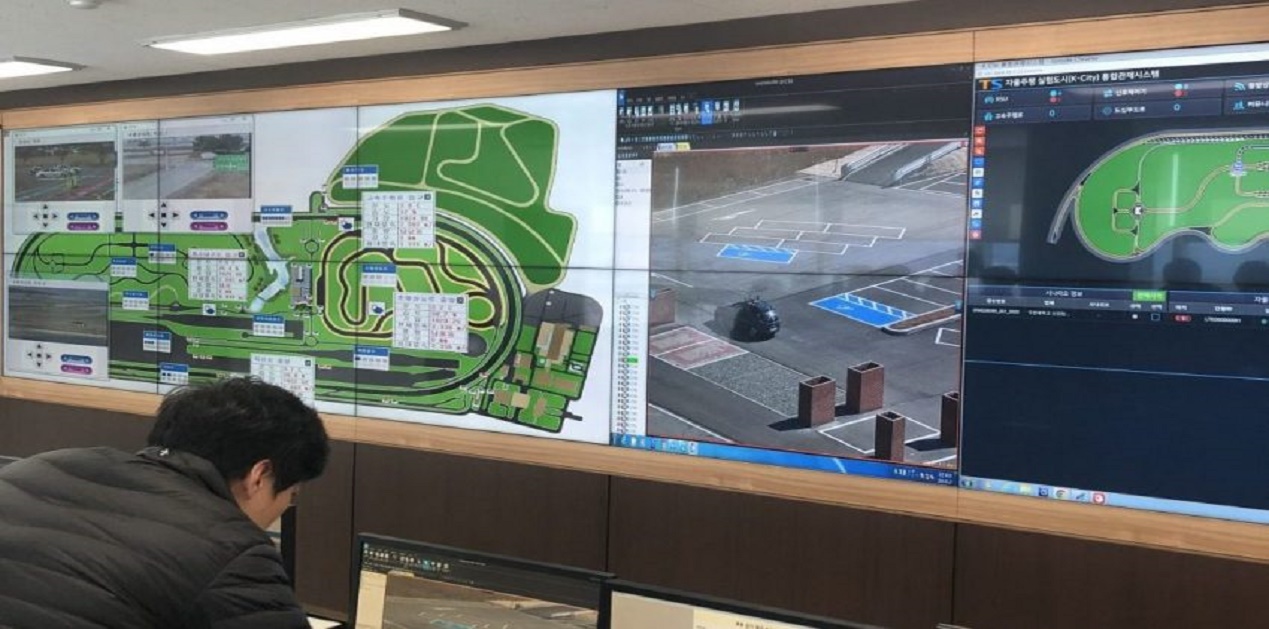The people and government of India are striving to achieve national objectives of ‘Make in India’ and raise the contribution of manufacturing in the country’s GDP from the current 16% to 25% by the year 2025. In the context of the debilitating impact of Wuhan Virus Prime Minister Narendra Modi has given the clarion call of ‘Atmanirbhar Bharat’.
Much has been achieved in the last 6 years. On the World Bank’s ‘Ease of Doing Business Index’ India has moved up from 142nd to 63rd position. But the reality is that India has not been able to attract foreign investment or new technologies to the expected level. Multinational companies looking for alternatives to China have preferred to move to Vietnam or Malaysia rather than to India.
To understand the ground level factors inhibiting operations of foreign companies in India , the India-Republic of Korea Friendship Society and the reputed ‘New Delhi Institute of Management’ held a webinar recently on learning from the Korean success in manufacturing sector. Former as well as serving CEOs of several top Indian and Korean companies were invited to share their experience of working in both India and Korea. The panel included two South Korean and four Indian nationals with experience of working with top companies like Kia Motors, Novelis Korea, TATA-DAEWOO and Hyundai Motors India.
Their candid comments were quite revealing and could serve as inputs for our policy makers as well as Chambers like CII, FICCI and ASSOCHAM. Following is a summary of the points made.
One Window for Foreign Investment:
- There are several blocked windows behind ‘One Window’ and the applicant has to open all the other windows by his own efforts without real advocacy by the ‘One Window’.
- There is little accountability for delays in clearances and No Objection Certificates(‘NOCs’)
- South Korea has an effective ‘Investment Ombudsman’ with wide powers to resolve issues across local and central agencies and regulatory authorities. (This model could be studied by Niti Aayog.)
Innovation and R&D:
- 3.4% of Korean GDP is invested on R&D as compared to approx. 1% in India.
- 70% of national R&D expenditure is by companies and only 30% by Govt. laboratories and establishments.
- Government funding bodies consciously direct R&D funds towards carefully selected sectors with future commercial applications e.g. in semi-conductor chips, Lithium car batteries, green technologies etc.
- Government institution patents are easily made available to Korean manufacturers.
- Our Department of Science & Technology needs to evolve a set of SOPs for funneling funds for R&D in selected priority sectors aiming for their fast commercialization.
- Sufficient funds should be available for ‘Mission Mode’ implementation of national priorities like solar cell modules, COVID vaccine etc.
- CSIR labs need to evolve as ‘Technology Partners’ of industry for the continuous upgradation of technology and processes.
Governance:
- In Korea, there is quick and time bound disposal of legal and quasi-legal matters by Courts and regulatory bodies.
- Regulatory bodies have well trained professionals as examiners and advisors. Regulators furnish complete and comprehensive comments on any issue in a timely manner.
Ease of Doing Business:
- Hon’ble Prime Minister has exhorted foreign multinationals to make India part of their global value chains but foreign companies manufacturing in India face huge difficulties in getting timely clearances at Customs.
- Delays in custom clearance disrupt their supply chains and manufacturing assembly lines.
- Because of COVId-19 crane operators and loaders were not available at ports and warehouses but the importers have been charged excessive demurrages.
- Some States insist that 75% of a foreign company’s work force should be local from that State only. This introduces avoidable constraints on hiring the most skilled professional/skilled worker/mechanic etc.
Investor/ Manufacturer Friendly Measures:
- Korea fostered establishment of manufacturing clusters for specific industries e.g. for auto sector, ship building etc. This enabled growth of robust ancillary industry as well as a technical services sector.
- Korea has created ‘Central Testing and Certification’ facilities for benchmarking and quality control. It is not financially viable for SMEs to create their own in-house testing facility. Availability of reliable testing and quality certification at an affordable cost would motivate SMEs to ensure quality.
There are man made obstacles in the way of India emerging as a part of global value chains. Unrestrained rent seeking by local officialdom, delays in mandatory approvals and inefficiencies in our taxation and regulatory authorities deter foreign investors from investing in India. Unfortunately, despite the Government’s commitment and will the manufacturing eco-system continues to be uncooperative and hostile to the investor and the entrepreneur.
Like Raja Vikramaditya, it would be educative for ‘Niti Aayog’ to have incognito investigation conducted for a real ground level experience of some foreign manufacturing units in a clutch of States. Once the magnitude of the problem and hurdles in reaching the objective are realistically grasped effective solutions can certainly be found.
There is much that we can learn from Korea!
(The paper is the author’s individual scholastic articulation. The author certifies that the article/paper is original in content, unpublished and it has not been submitted for publication/web upload elsewhere, and that the facts and figures quoted are duly referenced, as needed, and are believed to be correct). (The paper does not necessarily represent the organisational stance... More >>
Image Source: https://govinsider.asia/wp-content/uploads/2019/04/IMG_7285-e1554891787577.jpg











Post new comment